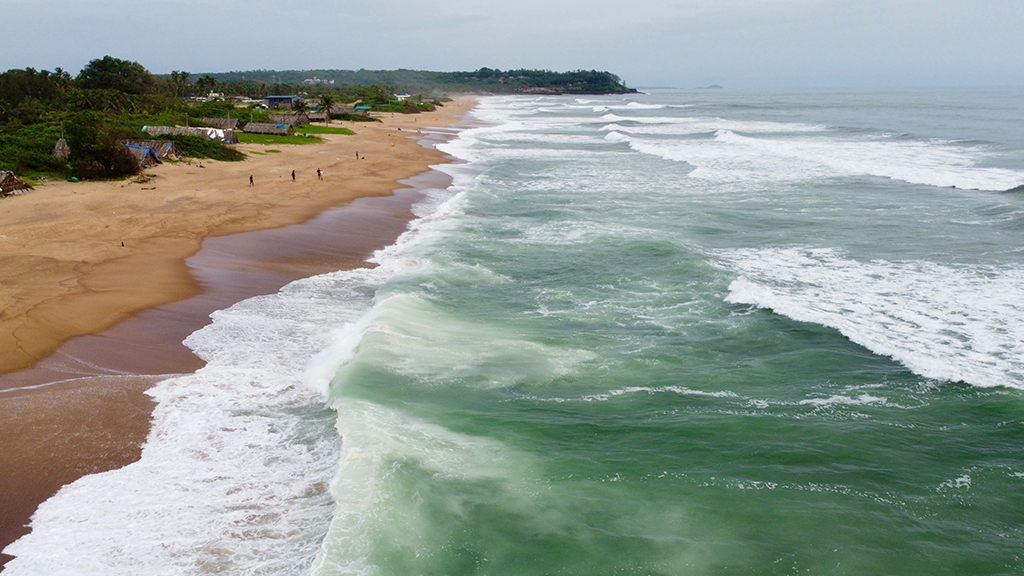
Goa’s tourism-driven economy creates a unique business landscape where demand peaks during October to May and decreases significantly in the monsoon and end of summer. Running a seasonal business in Goa requires thoughtful planning, adaptability, and a strong understanding of consumer behavior. Businesses that succeed are those that develop strategies for both high-demand and low-demand periods.
1. Understand the Seasonal Demand Cycle
The first step to success is recognizing how visitor patterns shift throughout the year. During peak season, Goa attracts domestic and international travelers, creating high demand for accommodation, food, entertainment, retail, and experiences. In contrast, locals become the primary customer base during the off-season. By understanding this cycle, businesses can plan inventory, staffing, and marketing activities more efficiently.
2. Build a Local Customer Base
While tourists drive peak revenue, locals sustain the business during slow periods. Offering loyalty programs, weekday offers, community events, and special local-only deals can foster long-term relationships. Hosting workshops, pop-ups, or cultural activities can create reasons for locals to keep visiting. Establishing trust within the community ensures consistent footfall even when tourist numbers drop.
3. Strengthen Digital Presence
A strong brand identity can help any seasonal business in Goa stay relevant year-round. Maintain active engagement on social media platforms through storytelling, behind-the-scenes content, customer feedback, and collaborations. Seasonal menus, upcoming event teasers, and interactive campaigns keep audiences interested even when they are not physically present. Consistent branding builds a loyal following that will return during peak season.
4. Manage Costs and Revenue Wisely
Peak season is the time to generate surplus revenue. Businesses should practice efficient cost management by planning ahead, forecasting demand, and pricing strategically. Reserving a portion of peak profits to support off-season operations ensures financial stability. During slower months, adjusting operational expenses, such as staffing shifts and reduced operational hours, helps maintain profitability without compromising quality.
5. Offer Seasonal and Themed Experiences
Instead of shutting down in the off-season, businesses can introduce unique experiences that align with Goa’s slower, calmer vibe. Ideas include monsoon retreats, indoor music events, special creative menus, wellness sessions, and art or craft experiences.These offerings create value and attract niche travelers who appreciate Goa beyond beaches and nightlife.
6. Use Off-Season for Growth and Improvement
The off-season is ideal for internal development. Businesses can upgrade interiors, train staff, improve menus or services, revamp branding, or invest in maintenance. Preparing during downtime ensures that when the next season arrives, the business is refreshed and ready to impress.
Conclusion
Running a seasonal business in Goa demands flexibility, creativity, and strategic foresight. By cultivating local loyalty, maintaining strong brand presence, managing revenue wisely, and using off-season time effectively, entrepreneurs can not only survive seasonal fluctuations but also build a sustainable and thriving business all year long.


